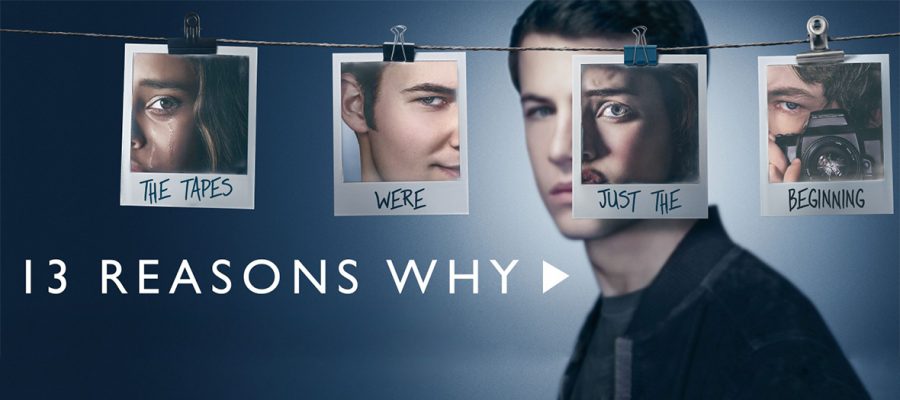13 Reasons Why Not
June 3, 2018
*NOTE: The following includes spoilers from the first season of Thirteen Reasons Why
The Netflix original that took everyone by storm this time last year is back. The anticipated second season of Thirteen Reasons Why was released to enthusiastic Netflix members on May 18. Although the plot is entertaining and intriguing, there is a prominent threat to teenagers and adults alike.
The intent of producing this show was to bring awareness to the disregarded topic of suicide and to help with its awareness. However, according to CNN, Thirteen Reasons Why is tied to an increase in online suicide searches. The source states, “After the premiere of “13 Reasons Why,” the search phrase “how to commit suicide” rose 26% above what would normally have been expected for that time.” People who weren’t deliberating suicide were all of a sudden curious to see how it’s done.
The glamorization of suicide is unfortunately apparent in almost every episode of the first season. The show doesn’t give Clay and the other Liberty High students the proper closure that typically follows an unanticipated death. Instead, it blames others for her choice. The tapes take away from the evident emptiness that occurs when contemplating suicide.
The show also includes a scene where Hannah goes to an adult for help. Instead of sending her to a health center, the oblivious guidance counselor offers her tissues and goes on with his day as if he couldn’t have saved a young girl’s life. This criticizes the idea that there is always a better option than to end your life. It takes away from the fact that there is someone out there who cares enough to get you through hellish times.
Next, when the actual scene of Hannah in the bathtub flashed onto the screen, I was in awe of the fact that they showed everything. They didn’t hold back on the blood or the agonizing pain that was painted across her face. They created the scene to warn people of how gruesome suicide is, but in a way, it looked poetic. But suicide is on the opposite spectrum of beauty and poetry. According to The Atlantic, mental health professionals told the producers to not release the first season. With the second season already out, I can truthfully say that the producers overlooked this professional piece of advice.
Although suicide is the main topic, other themes loom large across the 13 episodes. Underage drinking, drugs, and sexual assault are all portrayed, which ultimately leads to a depressed audience. Shortly after I binge-watched this drama, thoughts danced around my mind that never would have in the past. Do any of my friends feel this way? If so, am I one of their 13 reasons? Why is suicide the third leading cause of death among teenagers? Will it ever end?
With all of this said, I can not honestly say that there were no enjoyable scenes. The acting was impeccable and the scenes where Hannah was seen smiling were glimpses of a typical teenage drama. Clay believes in justice for his friend but also takes some responsibility for Hannah’s actions. The producers did include trigger warnings and suicide hotline websites, indicating that their true intention was to bring awareness to this issue.
If you are watching or planning to watch the second season, take some of these notes into consideration. I hope that you understand that you are worth so much more than you could ever truly fathom. Life is worth living, and this show’s purpose is to make that point.












